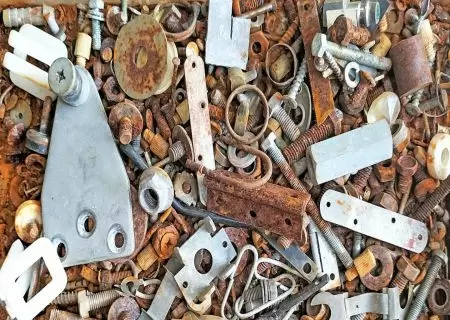Cutting Fluid Concentration Out of Control = High Risk of Product Returns! Learn Proper Management to Prevent Odor and Extend Fluid Life
When your coolant tank starts foaming like a freshly whipped cappuccino and the factory is filled with a pungent oil odor, it’s often a clear sign that the cutting fluid concentration is out of control. Low concentration leads to unstable emulsions, resulting in foul odors, reduced tool life, and even rusting on workpieces. Although water-soluble cutting fluids offer excellent cooling and environmental performance, an unbalanced oil-to-water ratio—especially long-term use under low concentrations—will increase oil change frequency, raise return and repair costs, and threaten production line stability. This article explores the concept of concentration management, analyzes common mistakes, and shares real-world cases to help you extend fluid life and reduce machining risks.
Why Does Concentration Management Affect Machining Yield?
Cutting fluids play a vital role in lubrication and cooling at machining sites. However, if the concentration is too low or left unmonitored, the emulsion becomes unstable, biocides lose effectiveness, and issues like rust, rough surfaces, and tool damage arise.
Customer Case: Workpiece Returns Due to Poor Concentration Control
A machining factory suffered severe losses due to a wave of returned products caused by rusted workpieces. After inspection, the cutting fluid concentration was found to be only 2.5%—far below the recommended 6%. The root cause: failure to replenish water and monitor concentration over time. Combined with stagnant fluid in the tank and lack of circulation, bacterial growth led to emulsion breakdown and foul odors.
Improvement Measures
- Measure concentration twice weekly using a refractometer.
- Replace cutting fluid monthly; install oil-water separation and filtration equipment.
- Maintain concentration at 7–9%, and monitor pH levels between 8.5–9.5.
- Within three weeks, product quality recovered, odors significantly reduced, and return rate dropped by 80%!
How to Measure and Adjust Cutting Fluid Concentration?
Beware of False Readings! The presence of way oil or hydraulic oil in the coolant tank can cause measurement inaccuracies. It is important to combine refractometer readings with visual inspection and the use of filtration equipment to ensure accuracy.
Common Testing Tools
- Refractometer (Concentration Meter): Fast and accurate; most commonly used on-site.
- pH Test Strips: Track acidity/alkalinity to understand fluid condition.
Common Abnormality Handling
Q1: What if the concentration is too high?
A: Gradually add water while stirring to dilute evenly. Avoid over-dilution, which may destabilize the emulsion.
Q2: What if the concentration is too low?
A: Add concentrate instead of dramatically increasing oil content, which could cause oil-water separation.
Three Key Tips to Extend Cutting Fluid Life
1. Regularly monitor concentration and pH levels
Measure 2–3 times a week and record data to detect anomalies early.
2. Keep the tank fluid circulating
Run the pump or system idle for 30 minutes weekly to prevent fluid degradation due to stagnation.
3. Use filtration and oil-water separation equipment
Utilize oil-water separators, strainers, and magnetic filters to remove chips and prevent contamination.
- Articles
As we know, the concentration of cutting oil is crucial for stable emulsion and optimized lubrication. But, there’s another critical key: WATER QUALITY. Water quality encompasses hardness, pH, mineral...
Read moreFoaming in metal machining is a costly and often overlooked issue. When coolant foam affects your CNC lathe or milling machine, it can reduce machining quality, shorten tool life, and destabilize equipment. Based...
Read moreIn machine shops or metalworking facilities, unpleasant odors are a common issue. We often hear complaints about the foul smell.
Read more


